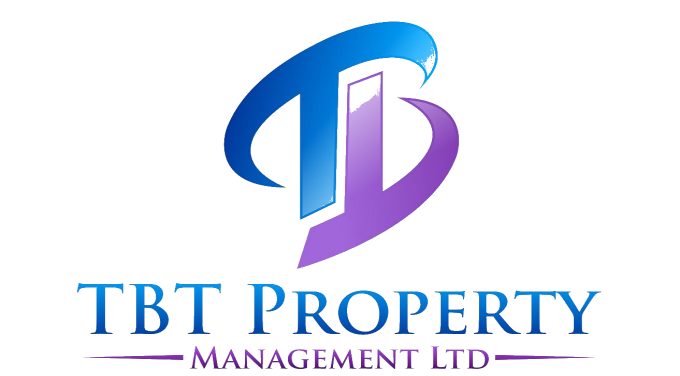As a landlord in New Zealand, it’s crucial to understand the key provisions of the Residential Tenancies Act (RTA) to ensure you’re compliant with the law and protecting both your property and your tenants’ rights. The RTA sets out the legal framework for the relationship between landlords and tenants, covering everything from rental agreements to disputes. Here’s a breakdown of some of the most important points landlords should be aware of.
1. Types of Tenancy Agreements
Landlords must provide tenants with a written tenancy agreement, which can be either a fixed-term tenancy or a periodic tenancy:
- Fixed-term tenancy: This lasts for a set period, and both parties must agree to renew or terminate it at the end of the term.
- Periodic tenancy: This has no set end date and continues until either the landlord or the tenant gives the required notice to terminate it.
Ensure the agreement outlines all essential details, including rent, bond amount, and any specific conditions related to the tenancy.
2. Bond and Rent Payments
A bond is a security deposit, and landlords can ask for up to four weeks’ rent as a bond. This must be lodged with Tenancy Services within 23 working days of receipt. Tenants are entitled to get their bond back at the end of the tenancy, provided they meet all their obligations.
Rent must be paid in advance, typically weekly or fortnightly. Landlords cannot request more than two weeks’ rent in advance and cannot require further rent payments until the advance period has passed.
3. Rent Increases
Rent increases are permitted, but certain conditions apply:
- Rent can only be increased once every 12 months for periodic tenancies.
- For fixed-term tenancies, rent can only be increased if the agreement allows it, and it still must adhere to the 12-month rule.
- Landlords must provide tenants with 60 days’ written notice of any rent increase.
4. Healthy Homes Standards
Since July 2021, all rental properties must meet the Healthy Homes Standards, which cover five key areas:
- Heating: A fixed heater capable of heating the main living area to at least 18°C.
- Insulation: Ceiling and underfloor insulation to a minimum standard.
- Ventilation: Opening windows or doors in living spaces and extractor fans in kitchens and bathrooms.
- Moisture and Drainage: Efficient drainage systems and a moisture barrier if the property has an enclosed subfloor.
- Draught Stopping: Gaps and holes that cause noticeable draughts must be blocked.
These standards aim to ensure rental homes are warm, dry, and healthy for tenants.
5. Notice Periods for Ending a Tenancy
The RTA outlines specific notice periods for both landlords and tenants when ending a tenancy:
- For periodic tenancies, landlords must give at least 90 days’ notice if they want to sell the property or use it for personal reasons. However, in certain cases (e.g., if the property is to be demolished or renovated), only 63 days’ notice is required.
- If a tenant wishes to end the tenancy, they must give the landlord 28 days’ written notice.
- Fixed-term tenancies cannot be ended early without the mutual agreement of both parties, unless there are special circumstances.
6. Tenant Responsibilities
Tenants have the right to a habitable home and privacy, but they also have responsibilities under the RTA, such as:
- Paying rent on time.
- Keeping the property reasonably clean and tidy.
- Reporting any damage or repairs needed promptly.
- Not disturbing the peace of others.
If tenants fail to meet these responsibilities, landlords can issue 14-day notices to remedy the issue.
7. Landlord Responsibilities
Landlords must also uphold their responsibilities, including:
- Providing and maintaining the property in a reasonable state of repair.
- Complying with all building, health, and safety requirements.
- Giving tenants at least 48 hours’ notice before entering the property for inspections, with a maximum of once every four weeks.
8. Resolving Disputes
Disagreements can sometimes arise between landlords and tenants, whether it’s about unpaid rent, property damage, or bond disputes. The RTA provides a clear process for resolving these issues:
- First, attempt to resolve the matter through communication.
- If unresolved, landlords or tenants can apply to the Tenancy Tribunal, a specialist court that deals with residential tenancy disputes.
The Tenancy Tribunal can mediate or make legally binding decisions to resolve the matter.
9. Changes to the Residential Tenancies Act 2020
The Residential Tenancies Amendment Act 2020 introduced several significant changes to tenancy laws, including:
- Rent bidding: Landlords cannot encourage or invite tenants to bid on the rental price.
- Minor alterations: Tenants can request permission to make minor alterations to the property, and landlords must consider these requests reasonably.
- No-cause terminations: Landlords can no longer end a periodic tenancy without providing a specific reason.
Final Thoughts
Understanding and complying with New Zealand’s Residential Tenancies Act is crucial for landlords to avoid legal issues and ensure a smooth landlord-tenant relationship. By staying informed about your obligations under the RTA, you can better manage your property, protect your investment, and provide a comfortable living space for your tenants.
If you have any further questions or need assistance with property management, feel free to reach out to a professional property management company that can help you navigate these legal requirements with ease.

